Michael Reed 2016 SEGD Fellow
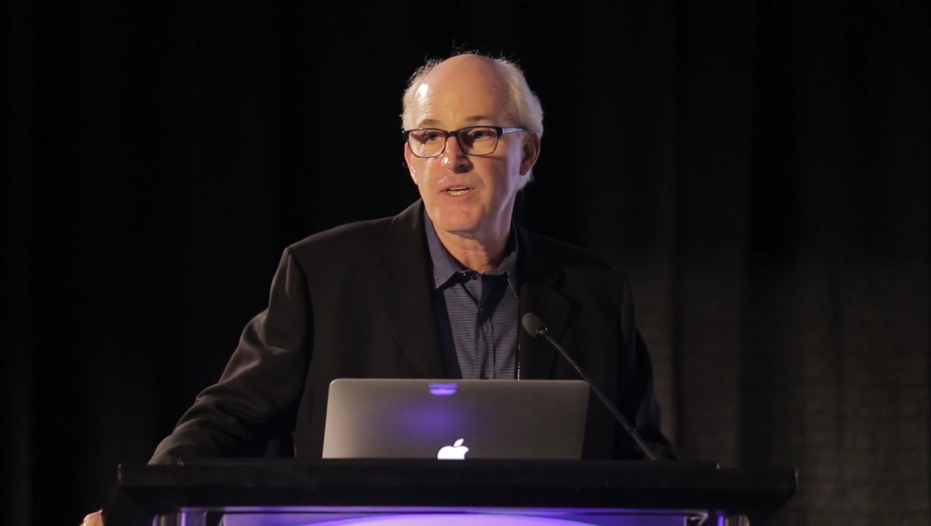
Over a career that spans more than 40 years, Michael Reed has helped shape a wide variety of public spaces, from airports to courthouses and from urban bike trails to homeless shelters. His humanist approach to design has touched them all—weaving story with place and people to create spaces that respect and improve the quality of life for those using them.
“If design really is intelligence made visible, Michael is among our most thoughtful, creative and inventive practitioners,” says Henry Beer, FSEGD, in describing the work of SEGD’s 2016 Fellow. “Of course ideas must precede design—they aren’t the same thing— and it is in that seminal phase of work where Michael and those he inspires at Mayer/Reed have distinguished themselves for decades. A decidedly humanist, content-rich approach to commissions combined with near superhuman attention to detail demonstrates the depth and breadth of his work.”
Reed takes his place in the SEGD canon alongside pioneers in the environmental/experiential graphic design discipline, including Massimo Vignelli, Lance Wyman, Wayne Hunt, Sue Gould, David Gibson, Donald Meeker and Beer.
“Work in the public realm is what I’m most interested in,” Reed told SEGD before he was honored June 11 during the 2016 SEGD Conference in Seattle. “You have an obligation then, to the people who are interacting with your work and to the community where that project is located. If you put the greater good in front of everything, it shapes what you do, how you talk about it, the way you frame the message. Through gaining trust I’ve been privileged to do that.”
How did you become a designer? When did you first realize you wanted to be a designer and what did that mean to you?
There is an arc to our lives that sometimes we can only see in hindsight. As I connect the dots, I have some very distinct images of my mother sitting in front of a window sketching things outside. I was maybe 7 years old. I was drawn to art. But I’m also a product of the 1960s, Sputnik and the space race. American boys wanted to be engineers. In the large high school that I attended in Springfield, Ohio, we were administered a math test and if you passed it, you were put on a college track. Being from a small, provincial Industrial Belt town in Ohio, I dutifully headed for college to study engineering. No one encouraged me to pursue art.
The short of this story is that it did not work out. I was misplaced and miserable. Then I turned to architecture, which I saw as a combination of right brain/left brain thinking. The only problem was that I had to pass the physics and math classes. On the brink of flunking out and being suspended, a college counselor helped me discover my calling. I transferred to the Department of Product Design and Visual Communications in the School of Fine Arts at The Ohio State University. I graduated with a BFA in Product Design.
This was lucky moment #1. I became a designer and I cannot imagine any other course in life. Design is an applied art form. It solves problems while creating beauty.
Tell us about your early work as a designer?
During the 1970s, I was in discovery mode, not yet finding my way. While at OSU I was an intern at Westinghouse, working in their product design studio on consumer products. After graduation the economy was in one of those cyclical downturns, so I spent a season as a “ski bum” in Vail, Colorado. When I returned to Ohio, I worked in space planning and interiors for a firm in Columbus for three years. It was there that I met Carol Mayer, my future wife and business partner. We struck up an affinity and then a romance and three months in, she told me she was heading to Utah State University for graduate school!
This was my #2 lucky moment in life. I followed a girl to Utah sight unseen. During our two years there, the vast inter-mountain landscapes and the national parks left an indelible mark on my subconscious that was a near religious experience. While Carol was pursuing her masters in landscape architecture, I started a space planning and interior design practice in the garage of the house we rented in Logan, Utah.
By the time Carol graduated, we knew we were not going back to Ohio. We had become westerners in our thinking and our spirit. She was offered a job in Portland and we moved there in 1977—once again, sight unseen.
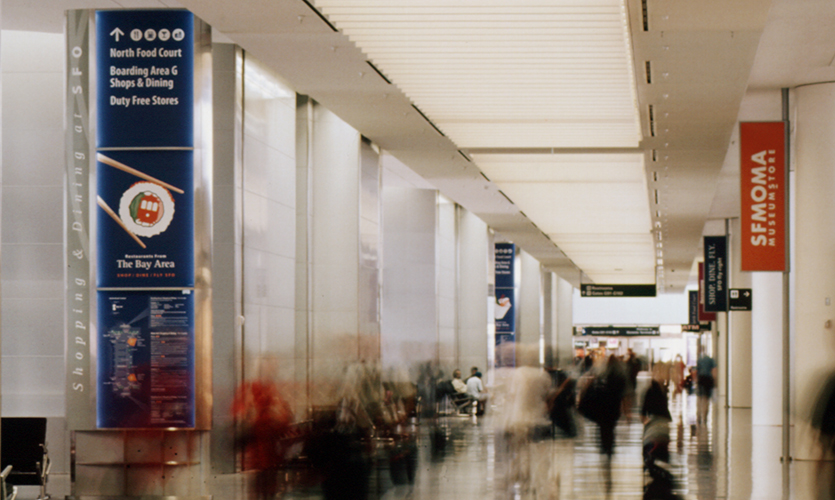
Tell us about how Mayer/Reed was formed and about your partnership with Carol. How has having a landscape architect as a partner informed and shaped your work? us about your early work as a designer?
We often joke about moving west across the Oregon Trail in our Conestoga Volkswagon Beetle with our belongings lashed to the gray tube steel roof rack and our skis pointing skyward from metal cups attached to the back bumper.
I rented an office space and literally hung up my shingle without any contacts or resources. As a 28-year old, I had no fear, just blind ambition. The first major break was a commission to design the interiors for the top three floors of the Portland Building, the first Post-Modern high-rise, designed by Michael Graves. After we had our first child, Carol decided to start her own landscape architecture practice, so she shared my office space. We formed a partnership for practical reasons, but at that point, it wasn’t about what we could do together… we were each figuring out how to approach things in our own field of practice. The cross-disciplinary influences had not yet started to percolate.
What changed that?
About 13 years ago, we received a commission to design the Eastbank Esplanade in Portland. The site was a derelict riverfront area, isolated from the adjacent neighborhoods by the I-5 freeway. The 1.5-mile promenade that Carol’s group had designed was to serve as a transportation link for pedestrians and bicyclists, but it lacked connectivity and public awareness. We developed an art and interpretive plan that illustrated how site interventions could activate and draw attention to the promenade. One of those outcomes was what we called the “urban markers.”
The urban marker idea was based on the simple notion of marking where the east/west streets historically extended to the river, now cut off by the interstate. The 20-ft.-tall pylons included luminaires, street signs and interpretive panels. There were 19 of these along the promenade at river’s edge.
We had an agenda: to help the public understand how the urban fabric of Portland developed and how as informed citizens, we can intelligently participate in that conversation.
That project was so large and complex that it drew our two practices together. It was all hands on deck; it didn’t matter what your design background was, you were needed. We were doing all kinds of things we never imagined. That was the beginning of a more holistic collaborative approach that dealt with placemaking identity, history and urban design. It was the defining moment in our practice.
This is when we realized that through visual communications in public space, we could be a part of the dialogue about how the city evolves. That expanded our thinking. And since then, we’ve done a series of projects wherein we could help effect social, cultural and civic change in the way we help shape these public environments. That was THE defining moment of our practice.
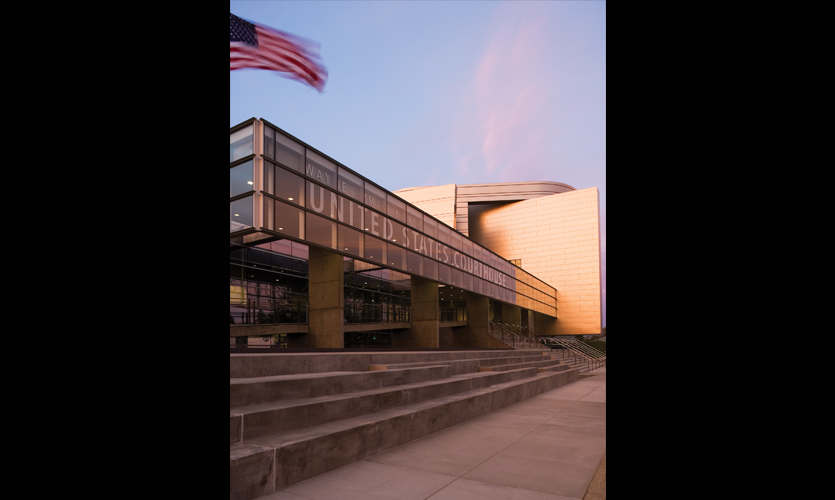
What are the other projects or achievements that have most impacted the trajectory of your work?
The public’s response to the Eastbank project and the critical accolades boosted our confidence and expanded our thinking. Since then, we’ve designed other projects wherein we could explore the influences of social, cultural and historic contexts to the way we help shape these public environments.
Our work is embedded in the public realm and that’s where our hearts are. We work with municipalities, transit agencies, development commissions on the public side, and with developers on the private side. They have to build something in the context of how their project interfaces with the greater public good, and we can help with that.
It’s easy to see that there is a socially conscious component to the work you’re doing at Mayer/Reed. Can you talk to us about that?
Our design work has extended to social service facilities for Outside In and Home Forward. It’s about giving these places some humanity, and providing dignity to the people they deserve.
Homelessness, often the product of alcohol and drug abuse, mental illness and other unfortunate circumstances is a societal problem that will probably not go away and should not be hidden away.
Again, it’s about choosing to be part of the dialogue about raising the quality of life for all citizens. We’re very lucky to live in a progressive city and state. And we’ve learned that we actually have a voice that is valued and influential, one that can make a difference. That’s what excites me about what we’re doing. We’re currently working on a youth corrections facility. It’s for young men, and we were brought in by the architect who asked us to think about how environmental graphics could contribute to an environment that helps these young men find purpose and meaning in their lives.
We’ve started doing placemaking and wayfinding projects through Travel Oregon’s Rural Tourism Studio, which assists rural communities with economic development through recreation and bicycle-based tourism initiatives. These communities do not share the wealth centered in the large urban areas. They are short on resources. It challenges our own design thinking.
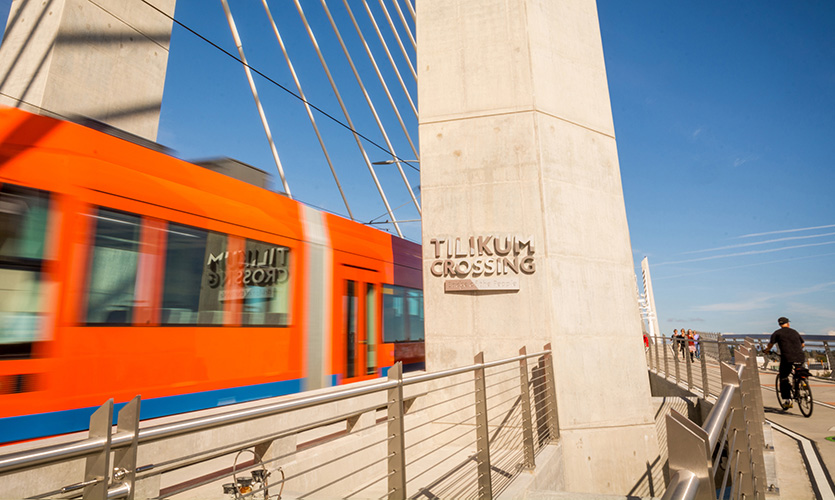
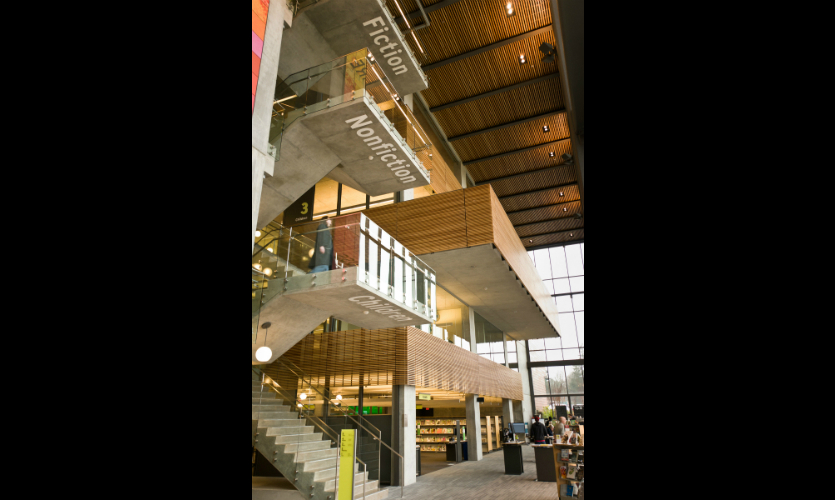
What do you think is your legacy?
Maybe that is for others to frame.
When I met Carol and followed her west my mother’s parting words were “do the right thing”. I never asked her what she meant by that and now realize it is for each of us to figure out over time and by each successive generation.
I have always wanted to design beautiful things, but learned that for this activity to be meaningful it had to move beyond arbitrariness. A client doesn’t ask you to design a beautiful thing. They ask you to solve a problem. They trust you to design something of beauty that solves their problem. Maybe my legacy is instilling in our staff that, if you are given this privilege and trust, you have the obligation to do the right thing. You have to do things that contribute and add value.
People also viewed
-
Read more SEGD Fellows

SEGD Fellows
-
Read more Voices of Experience
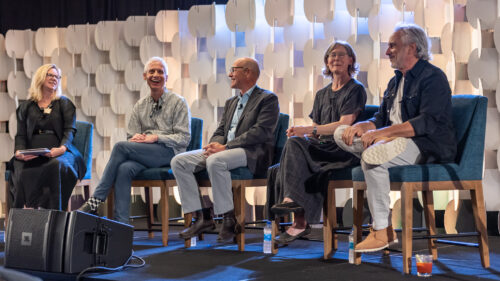
Voices of Experience
-
San Francisco International Terminal
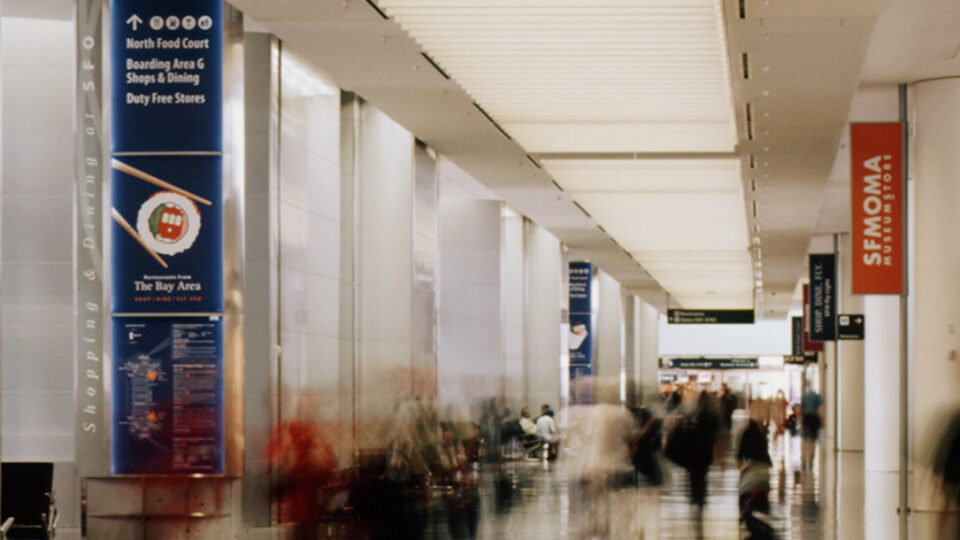
San Francisco International Terminal